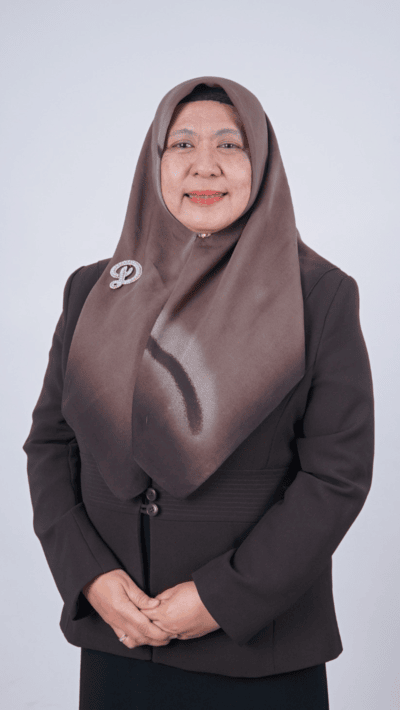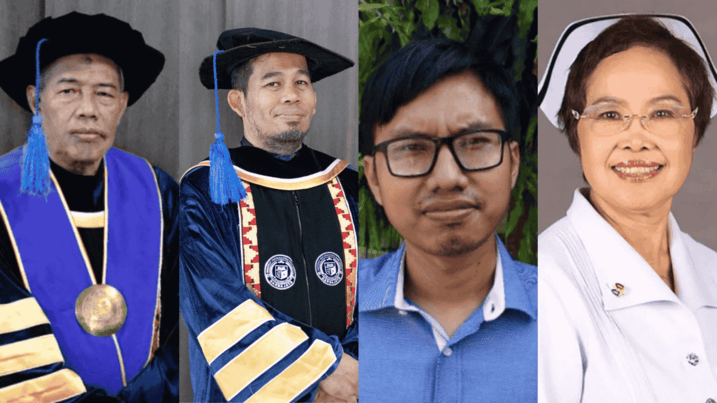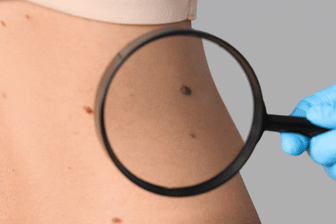As skin cancer rates continue to rise across Southeast Asia, the need for early and accessible diagnosis has become increasingly urgent, particularly in areas with limited access to specialist care.
To help address this, Professor Dr. Deshinta Arrova Dewi from the Faculty of Data Science and Information Technology at INTI International University is contributing to a regional research collaboration aimed at developing a faster, more cost-effective, and highly accurate screening tool for skin cancer.

Prof. Dr. Deshinta Arrova Dewi from INTI International University’s Faculty of Data Science and Information Technology has joined a regional research initiative to develop a faster, more affordable, and highly accurate screening solution.
The research, conducted in partnership with the Institute of Informatics and Business Darmajaya in Indonesia and Shinawatra University in Thailand, focuses on a hybrid algorithm that merges the Region Growing technique with a Deep Learning model known as Long Short-Term Memory (LSTM).
According to Prof. Deshinta, the combined model produces significantly better results than traditional methods. “The proposed algorithm achieved an accuracy rate of 96.62%, compared to just 84% with the standalone LSTM model,” she said.
She explained that the Region Growing technique functions like a digital highlighter, isolating the lesion so the AI can focus on it more precisely. “This targeted approach is key to reducing background noise from surrounding healthy skin, which can confuse traditional AI models,” she added.
By isolating the lesion before classification, the model enhances diagnostic precision and helps mitigate the potential for human error, an issue frequently encountered in visual inspections by clinicians.

(From left) Ir. Suhendro Yusuf Irianto, Dr. Muhammad Said Hasibuan, and Rian Yunandar from the Institute of Informatics and Business Darmajaya, Lampung, Indonesia, and Assistant Professor Nualyai Pitsachart from Shinawatra University, Thailand, who collaborated with Prof Dr. Deshinta for this research.
Although the hybrid model requires slightly more processing time than simpler methods, the research team believes the improved accuracy justifies the trade-off.
One of the tool’s main advantages is its potential to serve communities with limited access to dermatologists. “For individuals living in remote or rural areas, this technology is also highly cost-effective. Access to dermatologists or specialised medical services is often limited outside major cities. By integrating this AI-based tool into local health clinics, early screening can be performed without the need for expert intervention,” Prof. Deshinta said.
Designed for scalability, the model can be reused for multiple patients with minimal ongoing cost. This reduces reliance on specialists, supports early detection, lowers treatment expenses, and improves patient outcomes.
Its impact goes beyond individual diagnosis. “From a public health perspective, this technology holds significant promise for countries like Malaysia and Indonesia. Both countries report rising incidences of skin cancer, including basal cell carcinoma, squamous cell carcinoma, and melanoma. However, access to early diagnostic services remains limited in many areas,” she said.
She added that the tool could support national health efforts by enabling early screening among high-risk groups such as outdoor labourers and rural communities. “Moreover, integrating this system into national health initiatives could improve cancer outcomes, support large-scale screening programs, and help gather vital health data for future policy planning,” Prof. Deshinta concluded.
As development progresses, this AI-powered solution may become an essential part of Malaysia’s healthcare system, bridging diagnostic gaps and expanding early detection in underserved communities

Skin cancer rates continue to rise in Malaysia and across Southeast Asia due to its geographic location. However, access to specialist care remains limited in many areas.